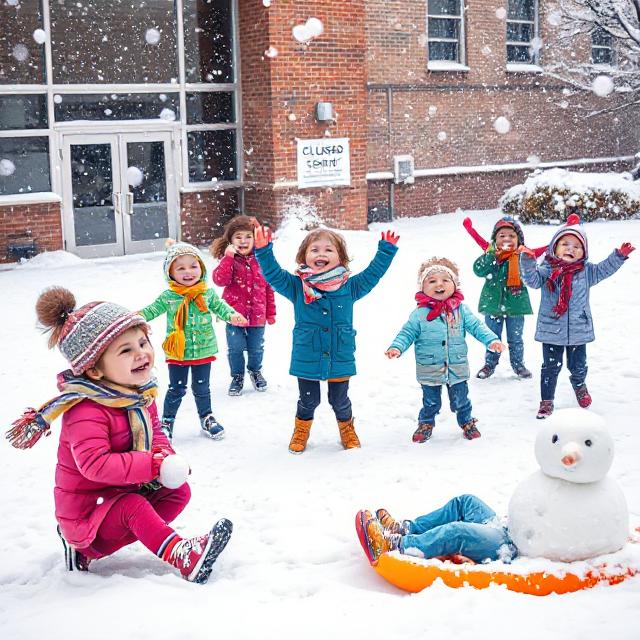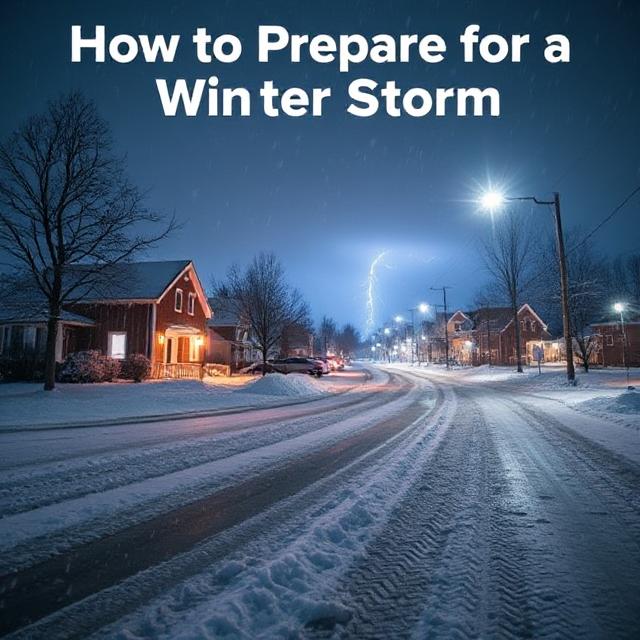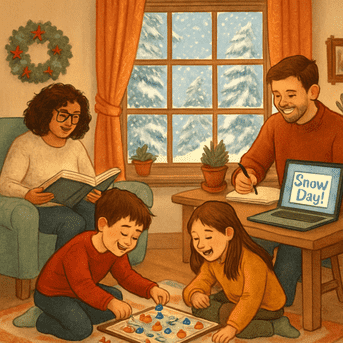Snow Day Calculator - My Honest Experience Using This Tool
"Last winter in Michigan, we had one of the coldest weeks I've ever experienced. I remember waking up wondering if school would be canceled-but I didn't want to guess. That's when I found the Snow Day Calculator. It's a simple tool that uses your location, real-time weather data, and AI to predict whether schools or colleges will close."
I used it that morning, and it said there was a high chance of a snow day. And it was right-school was officially canceled an hour later. Since then, I've relied on it whenever bad weather is coming. It's accurate, fast, and gives you peace of mind when you need it most.
Why I Used the Snow Day Calculator
I live in Michigan, where winters can be extreme. Last January, temperatures dropped below zero. Roads were icy. The snow piled up overnight. I had no clue if my school would be open or not.

So instead of waiting for a late-night announcement or checking FOX 8 every few minutes, I typed "Snow Day Calculator" into Google. I found a simple online tool that asked for my ZIP code and school type. I tried it.
And guess what? It predicted a 90% chance of a snow day. The next morning, I got the closure notice. The tool was spot on.
What Is a Snow Day Calculator?
This tool predicts whether schools or colleges will close due to snow or freezing temperatures. It works by analyzing:
- Local weather reports
- Past school closure data
- Current snow accumulation
- Wind chill factors
- AI and machine learning predictions
Some versions even use AccuWeather data or real-time NOAA weather reports.
How Does the Snow Day Calculator Work?
Here's what happens behind the scenes:
- You enter your ZIP code and school level (elementary, middle, high school, or college).
- The tool pulls live weather data from reliable sources like AccuWeather.
- It factors in:
- Snowfall overnight
- Temperature trends
- Wind chill
- Regional school behavior (Do schools in your area cancel easily?)
- It runs all this through an AI model trained on previous years' closures.
- You get a percentage - like "85% chance of a snow day."
It's fast and easy to use. You don't need to sign up or download anything. Just enter your ZIP code and school type, and you're good to go.
Is It Always Accurate?
No tool can predict the future with 100% accuracy. But when I compared the Snow Day Calculator's prediction with local news and my school's announcements, it was right more often than not.
I would say it's accurate about 80-90% of the time - especially in heavy snow areas like Michigan.
Different Types of Snow Day Calculators
Not all snow day tools are the same. Here are some you might find:
Uses artificial intelligence. Learns from new weather patterns. Updates predictions as weather changes.
2. AccuWeather Snow Day Calculator
Uses forecasts directly from AccuWeather, which is known for high-quality local forecasts.
3. College Snow Day Calculator
Designed for universities and colleges. Colleges usually cancel less often, so this calculator is more conservative.
4. Cold Day Calculator
Some schools cancel even without snow if the temperature drops dangerously low. This version focuses on cold weather alone.
How to Use a Snow Day Calculator
It's easy. Here's how I use mine:
- Go to the Snow Day Calculator website (like the one I built - linked below).
- Enter your ZIP code.
- Choose your school type (Elementary, High School, College).
- Click calculate.
- Check the prediction: You'll see something like "87% chance of closure."
Tip: Check again in the evening and early morning for updated results.
Why Parents and Students Love It
I shared this tool with my classmates and my mom. Here's why everyone liked it:
- Saves time: No need to get ready just to find school is closed.
- Reduces stress: No more constant checking of news or waiting for calls.
- Great for planning: If it's likely to be a snow day, parents can arrange backup care.
Real Example - Michigan Cold Day
Earlier this year, the wind chill dropped to -25°F in Michigan. Roads were clear, but the air was too cold. I used the Cold Day Calculator that morning.
It showed a 75% chance of cancellation.
And yes, school was canceled not for snow, but for cold.
That's when I realized snow isn't the only reason for closures. Extreme cold matters too.
Extra Features Some Calculators Have
Some snow day tools come with more than predictions:
- Mobile App version
- Live alerts and push notifications
- 5-day forecast chart
- History of snow day trends in your area
- FOX 8 Snow Day Tracker Integration (for Ohio residents)



